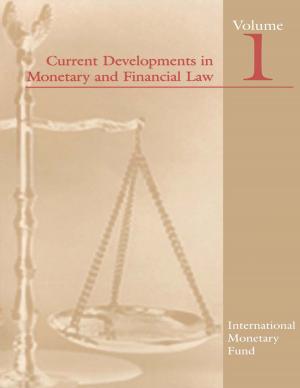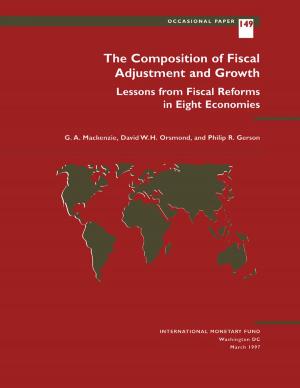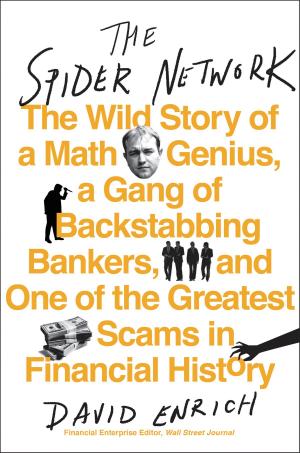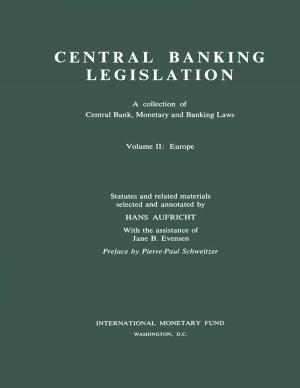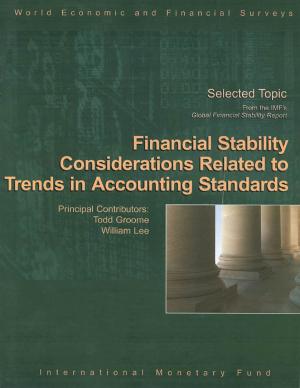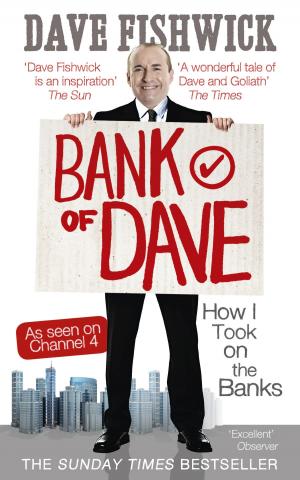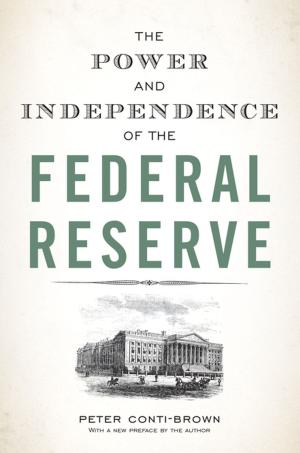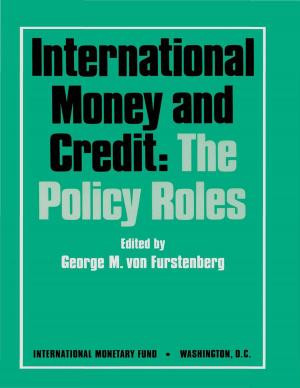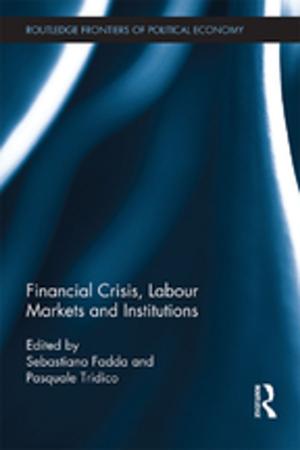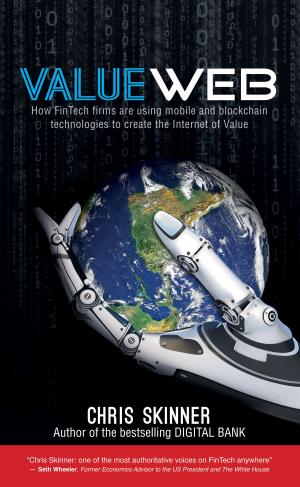Forex: Market Turbulence in the Past Decade in the Words of Traders
Business & Finance, Economics, Foreign Exchange, Finance & Investing, Banks & Banking| Author: | Simon Kostrava | ISBN: | 9781386685227 |
| Publisher: | Simon Kostrava | Publication: | August 31, 2016 |
| Imprint: | Language: | English |
| Author: | Simon Kostrava |
| ISBN: | 9781386685227 |
| Publisher: | Simon Kostrava |
| Publication: | August 31, 2016 |
| Imprint: | |
| Language: | English |
There is much turbulence in today’s financial markets. Numerous political and nonpolitical events impact currency rates, equity and bond prices. Some events can have a really broad and strong influence and change the value of your holdings, or even zero them.
Although we do not want to see a financial Armageddon, we should be prepared. There is no better way of preparing than by looking into history. In my opinion, events are not repeated in the same way, but to know the mistakes of the past can help you to adapt to the future.
We have chosen three case studies from the last decade to show you what can happen in the markets.
We cover and describe the history of the Swiss National Bank (SNB) and its attempt to cease strengthening the Swiss franc, followed by its approach that resulted in a sudden market crash. A crash that erased almost USD 1 billion from financial markets and left many participants in debt or bankruptcy.
Next, we explore the recent story of the Brexit referendum, the result of which was surprising to many participants. However, it has not led to severe losses, as banks and brokerages were able to learn a lesson from the year-old incident with the Swiss franc.
As a bonus, we write the history of Slovakia entering the euro zone. Replacing the Slovak koruna with the euro brought about unusual situations, which suggest illegal actions relating to insider trading. This part of an otherwise successful story concerning Slovakia’s entry into the euro zone is not widely known.
All three stories are written not only in a factual way but also in the words of direct participants. In other words, traders with whom we spoke in an attempt to reconstruct what people on the trading floor of banks and brokerages thought in relation to the aforementioned events. How were they prepared for such unexpected events and how did they react in the moments immediately after they happened?
At the end of the book, we offer you some advice about current currency markets. Can we see patterns similar to above-mentioned events? Could another currency experience an SNB-type crash? Will another country vote to leave the European Union (EU)? Can the fixing rate of another currency entering the euro zone be manipulated?
There is much turbulence in today’s financial markets. Numerous political and nonpolitical events impact currency rates, equity and bond prices. Some events can have a really broad and strong influence and change the value of your holdings, or even zero them.
Although we do not want to see a financial Armageddon, we should be prepared. There is no better way of preparing than by looking into history. In my opinion, events are not repeated in the same way, but to know the mistakes of the past can help you to adapt to the future.
We have chosen three case studies from the last decade to show you what can happen in the markets.
We cover and describe the history of the Swiss National Bank (SNB) and its attempt to cease strengthening the Swiss franc, followed by its approach that resulted in a sudden market crash. A crash that erased almost USD 1 billion from financial markets and left many participants in debt or bankruptcy.
Next, we explore the recent story of the Brexit referendum, the result of which was surprising to many participants. However, it has not led to severe losses, as banks and brokerages were able to learn a lesson from the year-old incident with the Swiss franc.
As a bonus, we write the history of Slovakia entering the euro zone. Replacing the Slovak koruna with the euro brought about unusual situations, which suggest illegal actions relating to insider trading. This part of an otherwise successful story concerning Slovakia’s entry into the euro zone is not widely known.
All three stories are written not only in a factual way but also in the words of direct participants. In other words, traders with whom we spoke in an attempt to reconstruct what people on the trading floor of banks and brokerages thought in relation to the aforementioned events. How were they prepared for such unexpected events and how did they react in the moments immediately after they happened?
At the end of the book, we offer you some advice about current currency markets. Can we see patterns similar to above-mentioned events? Could another currency experience an SNB-type crash? Will another country vote to leave the European Union (EU)? Can the fixing rate of another currency entering the euro zone be manipulated?



